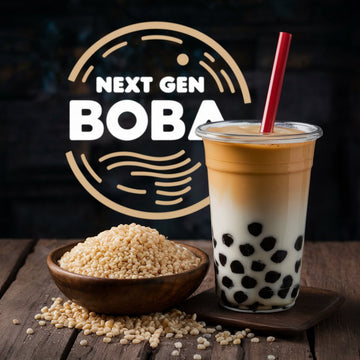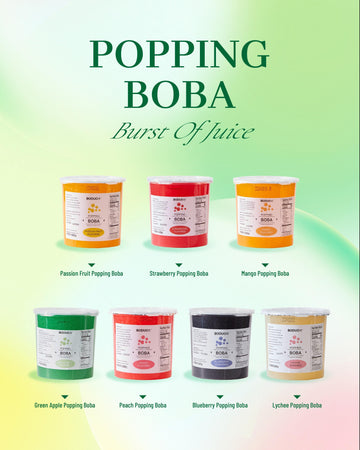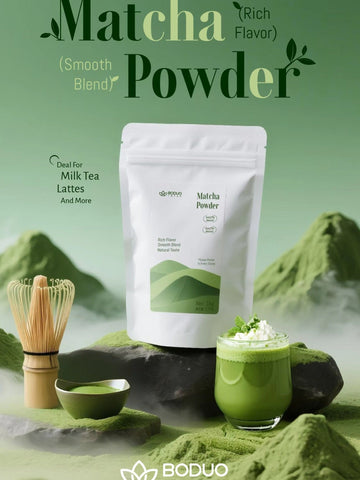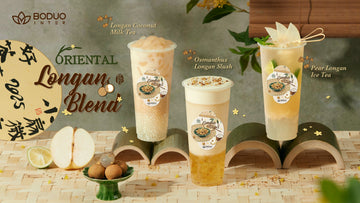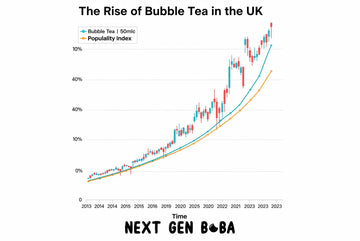Are you a bubble tea aficionado or simply curious about the chewy delights that adorn your favourite dessert? You've probably encountered both sago and tapioca pearls, but do you know the difference? Let's dive into the world of these starchy spheres and uncover their unique characteristics.
What is Sago?
Sago is derived from the pith of the sago palm tree. It's a staple food in many Southeast Asian cultures and has been used for centuries. Once extracted, the starch is processed into small, round pearls. Traditionally, sago pearls have a slightly brownish hue and a chewy texture. They offer a distinct flavour profile, often described as slightly nutty.
What is Tapioca?
Unlike sago, tapioca originates from the root of the cassava plant. It's a starchy substance extracted from the cassava root and processed into pearls. Tapioca pearls are typically pure white and have a softer, more gelatinous texture compared to sago. They are widely used in various cuisines, including Asian desserts and bubble tea.
Key Differences Between Sago and Tapioca
| Feature | Sago | Tapioca |
|---|---|---|
| Source | Sago palm tree | Cassava root |
| Colour | Brownish | Pure white |
| Texture | Chewy | Soft, gelatinous |
| Flavor | Slightly nutty | Neutral |
Which One is Better?
The "better" option depends on your personal preference. If you enjoy a chewier texture with a subtle nutty flavour, sago might be your choice. If you prefer a softer, more neutral taste, tapioca pearls are likely the way to go.
Many people enjoy the contrast between the two, often combining them in desserts or drinks for a delightful textural experience.
Cooking and Usage
Both sago and tapioca pearls require cooking before consumption. They are commonly used in:
- Bubble tea: A popular beverage featuring various flavours and toppings.
- Desserts: Often found in puddings, cakes, and ice creams.
- Sweet soups: A common ingredient in Asian sweet soups.
While the cooking process is similar for both, it's essential to follow specific instructions to achieve the desired texture.
Why Sago is a Fine Addition to Bubble Tea
Sago is a welcome newcomer to the bubble tea market, offering a distinctive texture and flavour profile.
Unique Texture and Taste
Sago pearls provide a contrasting texture to the more familiar tapioca pearl. Their firmer, chewier quality offers a satisfying mouthfeel. Moreover, sago possesses a subtle nutty undertone, which can complement a wide array of tea flavours, introducing a fresh dimension to the beverage.
Expanding Your Product Range
By incorporating sago into your product line, Next Gen Boba can differentiate itself from competitors who primarily utilize tapioca pearls. This differentiation can attract new customers and encourage repeat business. Furthermore, sago's versatility allows for experimentation with various toppings and flavours, facilitating the creation of unique and appealing drink options.
Appealing to Diverse Customers
Sago can entice customers seeking novel bubble tea experiences. Additionally, while not inherently healthier than tapioca, sago's origin from the sago palm tree can position it as a more natural alternative, appealing to health-conscious consumers.

